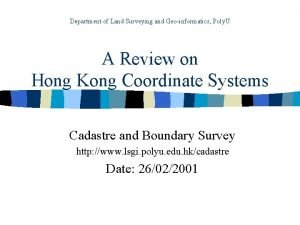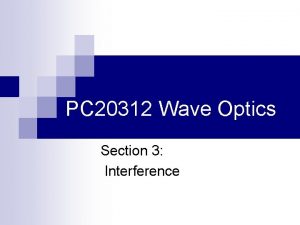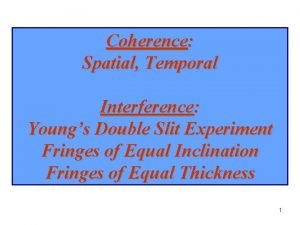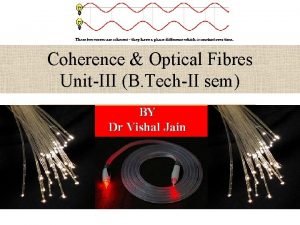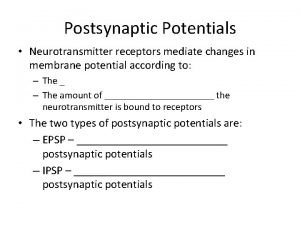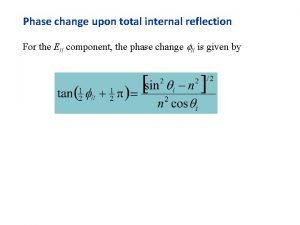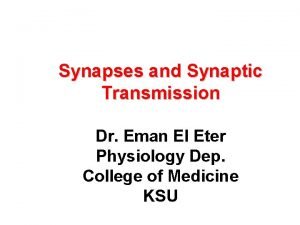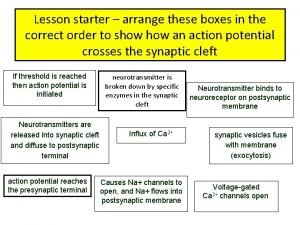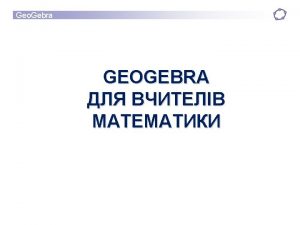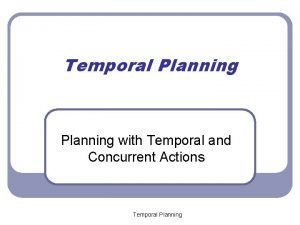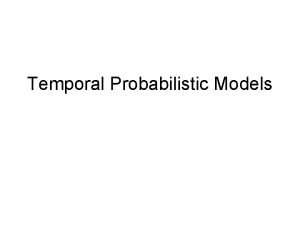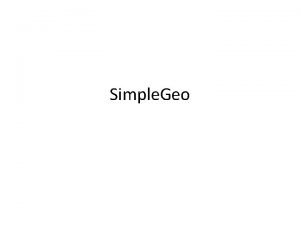Geo Spatial and Geo Temporal Informatics for dynamic








- Slides: 8

Geo. Spatial and Geo. Temporal Informatics for dynamic and complex systems May Yuan


What is solved • Integration of spatial and temporal data – Location and snapshot – Dimensional, typological, and typological issues • Empirical and computational solutions – – – Spatiotemporal statistics / time geography Spatial data mining Machine learning and artificial intelligence Cellular automata Agent-based modeling Evolutionary algorithms

What is almost solved? • Refined observation networks and data assimilation – Smart sensor networks – Adaptive sensor networks – Data-model assimilation • Refined statistical and modeling approach to account for geographic dynamics and complexity – – Data stream mining Intelligent agents Geographically aware agents Adaptive agents

What has failed? Include surprised failures • • Fail is a strong word. Perhaps, appears limited Space-time composite model Intelligent highways Integration of sensor networks across scales (local, regional, and global) to automatically relate phenomena and processes across scales • Communication among heterogeneous networks – Climate – Ecology – hydrology

What is missing (discuss areas not currently on the radar) • From space-time observations to spatiotemporal processes • Informatics framework to automate recognition of events and processes • Analysis of events and processes – Weather (obs > events > systems > severity) – Population (obs > migration > gentrification) trigger event process drive state spatiotemporal data measured by sensors

What next? Include both high risk and needed topics • P 2 P sensor networks • Informatics Theory of Geographic Dynamics and Complexity • Ontology • Representation: flows, vector fields • Analytical and computational approaches that address multi-scalar relationships among observations, geographic dynamics, and geographic systems • Modeling approaches to address interactions among dynamics of different kinds across scales and domains – Climate and ecology – Politics and sociology – Climate and society – New levels of knowledge representation – Aggregates, agglomerates, and narratives

Narratives and sensing making • By telling and listening to stories, we communicate, learn, and make sense of the world by ordering events and assimilating them to find meanings and implications (Mateas and Sengers 2003). • Narrative GIS that can tell stories • Visual means to tell stories
